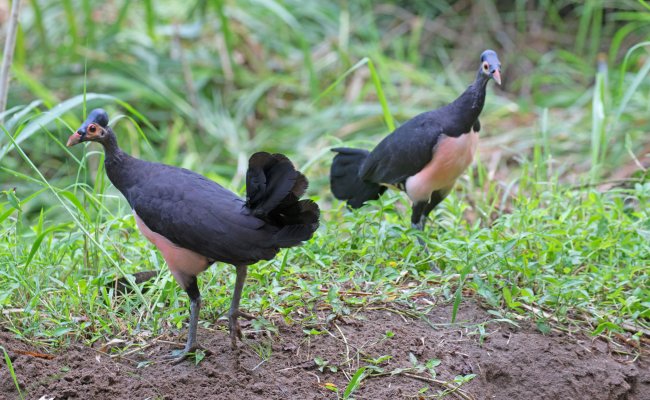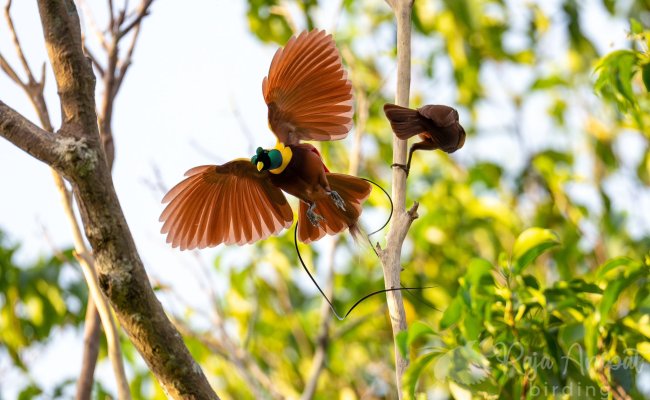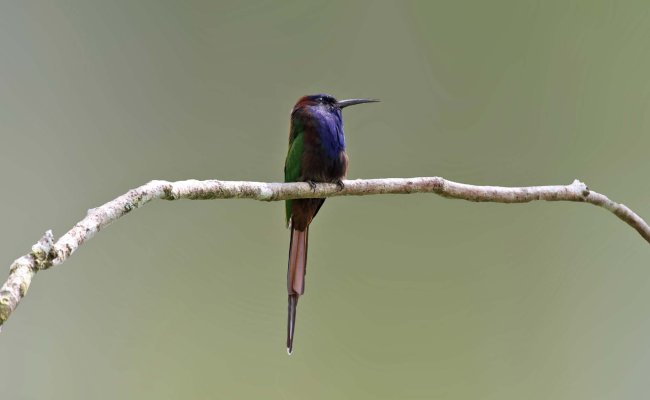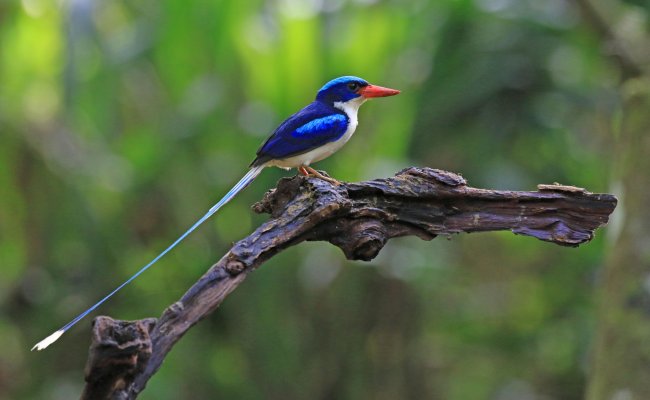In the Field in Search of Birds
Mainland West Papua has around 386 endemic species, 117 of these being non-passerines and 269 passerines. The Bismarck Archipelago adds a further 65 endemics, with 9 more from Bougainville, and further research will undoubtedly raise the total. West Papua and Papua are blessed with a great abundance of forest in extremely challenging terrain, and this has thus far enabled many of the island ecosystems to remain relatively intact.
Hunting has been continuous for thousands of years, but at low-impact largely sustainable levels until very recently, when modern technology and the vastly increased human population pressure have tipped the balance. It is often asked why West Papua and Papua birds are so shy in many areas, and the response usually involves reference to hunting pressures, although this seems a tad glib and doubtless other factors are operating.
Whether a resident or a visitor, you will find bird-watching in West Papua a challenge, albeit an exciting one. Thus, it pays to plan and to be prepared. Birding in West Papua can produce amazing rewards but also offers no shortage of hazards and frustrations. West Papua is best considered a specialty destination, to be savored after gaining a seasoned grasp of birding in the tropical world.
The big pluses offered by West Papua include essentially a new bird fauna, particularly for songbirds, for example, the wonderful birds of paradise, bowerbirds, fruit-doves, pigeons, parrots, and kingfishers.
The resident novice or newly arriving visitors to West Papua will soon discover that although birds of the open country are conspicuous and easy to study, the forest-dwelling species typically are often less common, more selective, and difficult to observe. This phenomenon is common in tropical humid forest environments around the world. Patience and repeated effort provide the only antidote to the frustrations created by those rare species that defy locating on one’s first few field trips. In nearly all West Papua habitats, bird activity is greatest at dawn and shortly thereafter. It pays to be afield early. By 11 a.m. it is usually quiet, especially in the lowlands, unless rain brings cooler conditions.
Equipment and What to Bring for Birdwatching:
1. Waterproof Binoculars: Opt for binoculars with an 8-power magnification. This level of magnification strikes a balance between clarity and brightness, allowing you to gather maximum light in the shaded areas of the forest, which is essential for observing elusive birds without disturbing them.
2. Tripod-Mounted Spotting Scope: A quality spotting scope can significantly enhance your birdwatching experience, particularly in open habitats along roadsides, where you might spot birds perched high in trees. Choose a model that is lightweight yet durable, as it will provide stability and clearer views, especially at greater distances.
3. Digital Sound Recorder: A compact digital sound recorder with playback capabilities is invaluable. Look for one that includes a directional microphone, as this will help you capture and later review bird vocalizations. This not only aids in recognizing different species but can also attract shy birds into view when you play back their calls.
4. Clothing: Dress in loose-fitting, lightweight clothing to maximize comfort. A wide-brimmed hat with a visor is recommended to protect your eyes from sunlight and potential rain. Opt for fabrics that are breathable and moisture-wicking, which will help regulate body temperature during various weather conditions.
5. Layering for Temperature Variations: Early mornings can be surprisingly cool, while midday heat can be quite intense. Wear layers that are easy to adjust—such as a base layer, an insulating layer, and a breathable outer layer—that you can remove or add as temperatures change throughout the day.
6. Footwear: Choose loose long pants paired with lightweight, high-quality walking boots that provide ample support and comfort. Good footwear is essential for navigating uneven terrain. Remember that if you're venturing into mountainous regions, temperatures can drop significantly, so be prepared with additional warm layers for protection against the cold.
7. Insect Repellent: Depending on the location, insect repellent may be necessary to ward off mosquitoes and ticks. Select a repellent that contains DEET or natural alternatives that are effective but safe, particularly if you'll be spending extended time in heavily wooded areas.
8. Rain Gear: A lightweight poncho or rain jacket is crucial in unpredictable weather. For added protection against heavy rain, consider carrying a larger umbrella. These items will keep you dry and comfortable, ensuring that you can continue your birdwatching without interruption.
By preparing with these essentials, you’ll enhance your birdwatching experience and increase your chances of a successful and enjoyable outing.
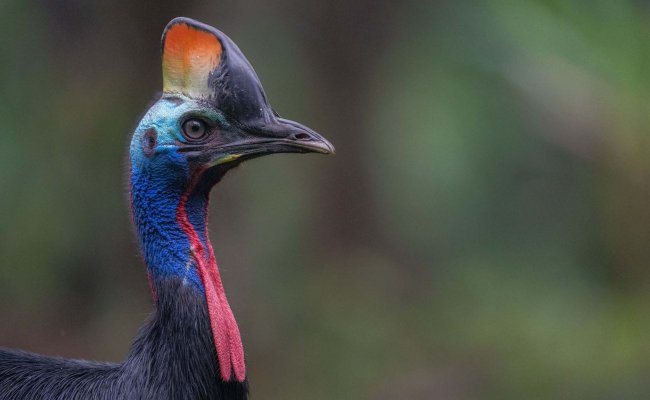 Southern Cassowary, Image copyright by Staffan Widstrand
Southern Cassowary, Image copyright by Staffan Widstrand
